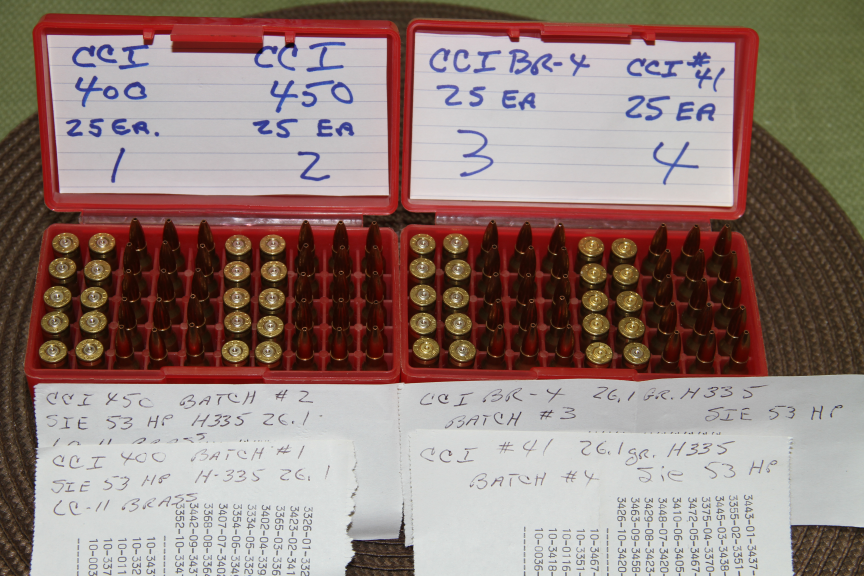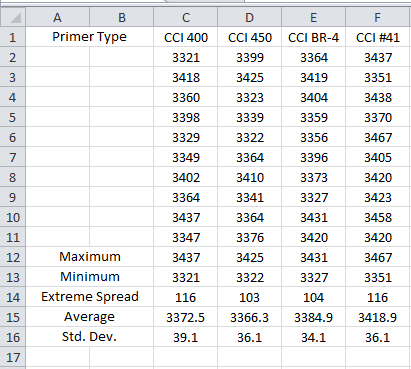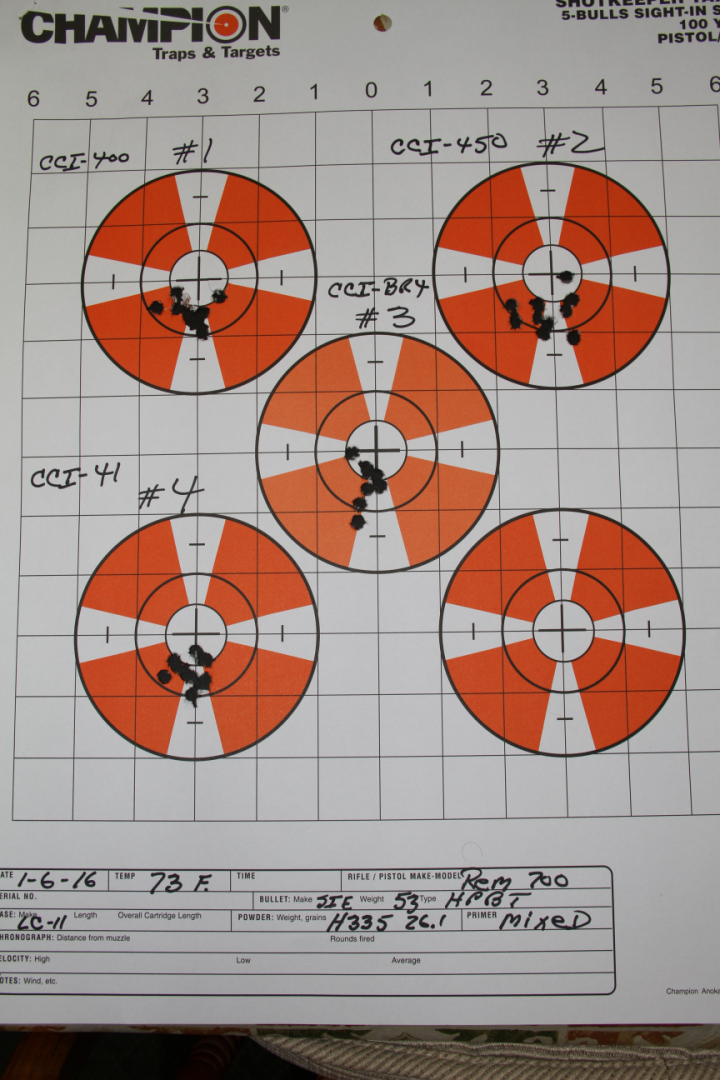Reloading without a chronograph is like driving without a speedometer. Unless you drive like grandma sooner or later you'll get into trouble either way. I don't need an expensive chronograph, just want one to let me know if I'm approaching a hot load and to know when to back off before developing a dangerous load. I'm not one to push the envelope past published loads, but I don't want my hand loads to be 100-150 fps slower than what I can get from a box off the shelf either. Which is exactly where most mid-level loads in most loading manuals are.
With certain combinations of rifles, bullets, powders and primers I've found loads well under published max, near the middle, that were getting too warm for my comfort zone. There were no pressure signs, YET, but traditional pressure signs don't show up until you are well past the danger zone. Without a chronograph I'd have never know those loads were too hot and may well have gone up even more on the powder charge instead of dropping down. Or simply giving up on that combo, which is what I've done. I've found it better to just try a different powder when that happens.
One observation I've made with some powders is that you may be 2 or more gr below max and have mediocre velocity. Move up .5 grain and still be well below published max, but suddenly you get pressure signs and the velocity is 100 fps faster than it should be at a max charge. Other powders seem to be more predictable. Another good reason to have a chronograph. At $100 or so I can't see not using one. It's cheap insurance.
Knowing the exact velocity I'm getting will help calculate approximate bullet drop, but I'd not trust those numbers until I actually shoot at the ranges. But that is really secondary for me.
As to getting a little more speed with magnum primers that sometimes happens, sometimes not. It just depends on the exact load. If you want to use them it won't hurt a thing as long as the extra speed doesn't push you into a over pressure load. Most people end up reducing powder charges a bit when going to hotter primers.




